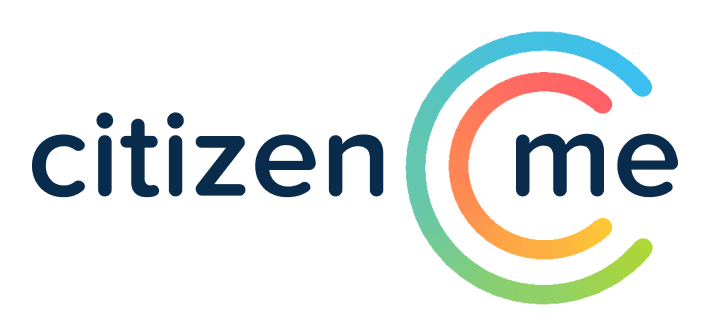
Net Promoter Score (NPS) and how it works
Net Promoter Score (NPS) and how it works https://www.citizenme.com/wp-content/uploads/2018/03/NPS.png 600 442 Beth Hepple Beth Hepple https://secure.gravatar.com/avatar/8f7fce6d2c6864aa79cc3244d05191f6?s=96&d=mm&r=gWhat is a Net Promoter Score (NPS)?
Your Net Promoter Score (NPS) is a growing customer metric. It gauges the quality of your product experience and the impact this has on positive or negative word of mouth. NPS is a concept that has been adopted by businesses around the world as a result of Fred Reichheld’s 2003 HBR article: “The One Number You Need to Grow”.
When conducting NPS research, make sure you only speak to your customers or users. It is not really a tool to be used among people who have had no interaction with any of your touch points.
How is NPS calculated
The NPS metric is calculated using one question around relating to a customer’s propensity to recommend your brand, product or service:
‘How likely is it that you would recommend [product/service/brand name] to a friend or colleague?’
Each participant will respond on an 11-point scale, from 0 (extremely unlikely) to 10 (extremely likely). Your customer’s answer will determine which of the three categories they fall into:
| Promoters (score of 9-10) | People who will recommend your brand to a friend and are therefore key agents of growth for your business. |
| Passives (score of 7-8) | Passives are generally satisfied but are not enthusiastic enough about you to actively promote your product/service. |
| Detractors (score of 0-6) | Customers who have not had a great experience and are likely to talk negatively about your product, service or brand. |
To calculate your Net Promoter Score, simply subtract the percentage of detractors from the percentage of promoters.
% detractors – % promoters = Your NPS
What about passive customers?
Passive customers are not included in the calculation. Their opinion is not strong enough to factor them in into the net score. Because passives represent neutrality, it is worth finding out more about their experience as they are the quickest route to improving your NPS score.
How can I find out why people gave me that score?
The NPS survey is largely known as just one question. However, there is a second question that is probably even more important. This will help you better understand the reasoning behind the ratings.
‘Why did you give us that score?’
This should always be an open-ended question, offering your respondents the chance to express themselves. You may find that these comments provide important feedback which you can act upon.
Driving action from NPS?
An NPS score above 0 is good, while anything above 50 is amazing. The results from the open-ended question will help you to identify any areas of concern. You can use this insight to find ways to improve. A good way to reduce the number of passives and detractors is to look at the verbatim feedback from these groups. Consequently, you can identify different themes and create action plans based on this knowledge.
Some action points will be temporary, for example an app bug that will disappear once a new version is released. In this instance, ensure your customer support team is aware of the issue and know when it is likely to be resolved. Managing these issues actively is especially relevant as it means your NPS score is only temporarily affected.
Some of the action points are likely to be more long term. These will require action from wider marketing and product teams. For example, issues like slow response from the customer support team might mean increasing the number of support agents. Making decisions like this requires justification, so ongoing tracking of your NPS becomes extremely valuable.
With regular review of your NPS, you can monitor the impact of the actions you take (or do not take) against your customer’s perception of your brand, product or service.
- Post Tags:
- Customer loyalty
- Net Promoter Score
- NPS
- Posted In:
- How to



Leave a Reply